Chili exports to China are opening up many opportunities for Vietnamese businesses thanks to the large consumer demand and stable market. However, to conquer this market, businesses need to clearly understand the quality standards, quarantine procedures and strict packaging regulations. This article will provide detailed instructions to help you proactively approach and expand chili export to China in a systematic and effective way. Let’s find out with Viot Minh Trang right away!
Overview of the chili market in China
The chili market in China is considered one of the largest spice consumption markets in the world. With a diverse culinary culture from spicy Sichuan to other traditional dishes, the demand for chili here is always high and stable.
According to statistics, China imports about 200,000 tons of all kinds of chili peppers annually, with a value of up to billions of USD. Popular chili pepper products include fresh chili peppers, dried chili peppers, chili powder, and chili processed products. This creates a great opportunity for export to China from countries with manufacturing advantages like Vietnam.
The Chinese chili market has clear regional segmentation characteristics. The northern region prefers moderately spicy chili, while the southwestern provinces such as Sichuan and Hunan prefer hot chili. Understanding this consumer preference is an important factor in helping businesses orient their products appropriately when chili export to china.
In terms of consumption trends, Chinese people are increasingly concerned about food quality and safety. They are willing to pay higher prices for organic chili products that do not contain toxic chemicals and have clear origins. This is a competitive advantage that Vietnamese businesses can exploit in chili export to china.
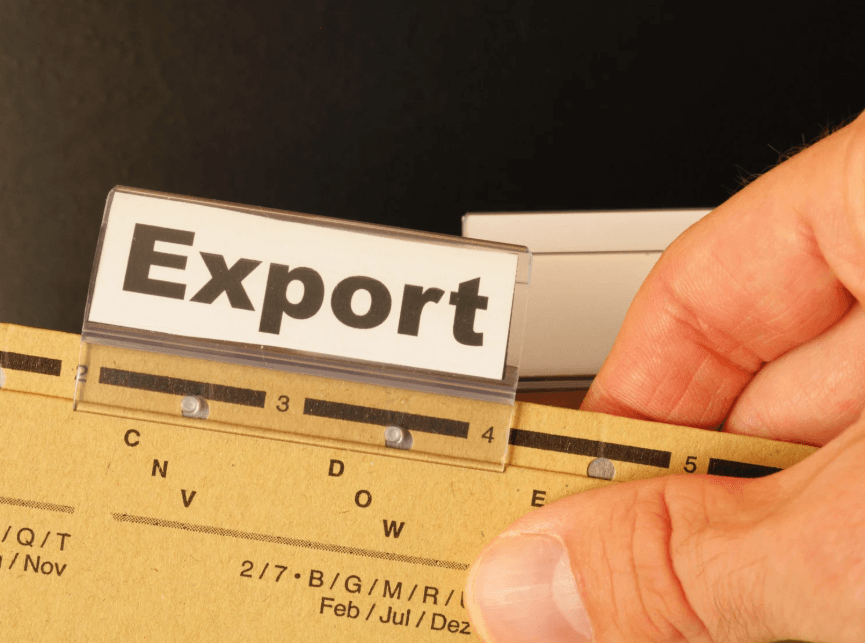
Overview of the chili market in China
Export requirements and quality standards of chili to China
To bring chili products to the Chinese market, Vietnamese businesses need to fully comply with strict regulations on quarantine, food safety standards and traceability. Below are the mandatory conditions and important quality standards that you need to understand before starting your export activities.
Register a manufacturing facility code with GACC
To be allowed to export chili to China, Vietnamese enterprises are required to register a facility code with General Administration of Customs of China (GACC). This is a mandatory requirement for all processing, packaging and storage facilities. During the registration process, businesses need to demonstrate their ability to control quality, trace the origin clearly, and strictly comply with food safety regulations. Being granted a code is the first step and is a “passport” for chili products to be allowed to clear customs.
Meet strict quality standards
China has tight control over pesticide residue limit (MRL), heavy metal, and the other toxic pollutants. Their random inspection system applies a high rate, especially for new businesses. Therefore, to build a long-term reputation in chile export to china, businesses need to invest systematically in clean cultivation, processing and quality control processes at the factory.
Phytosanitary Certificate
This is Required documents issued by the Vietnamese plant quarantine agency, confirming that the chili shipment does not carry pests, molds, dangerous microorganisms or agents harmful to the Chinese ecosystem. In addition, the addition of international food safety certification like HACCP, ISO 22000, GlobalG.A.P… will help businesses increase their ability to clear customs quickly and easily sign long-term contracts with Chinese import partners.
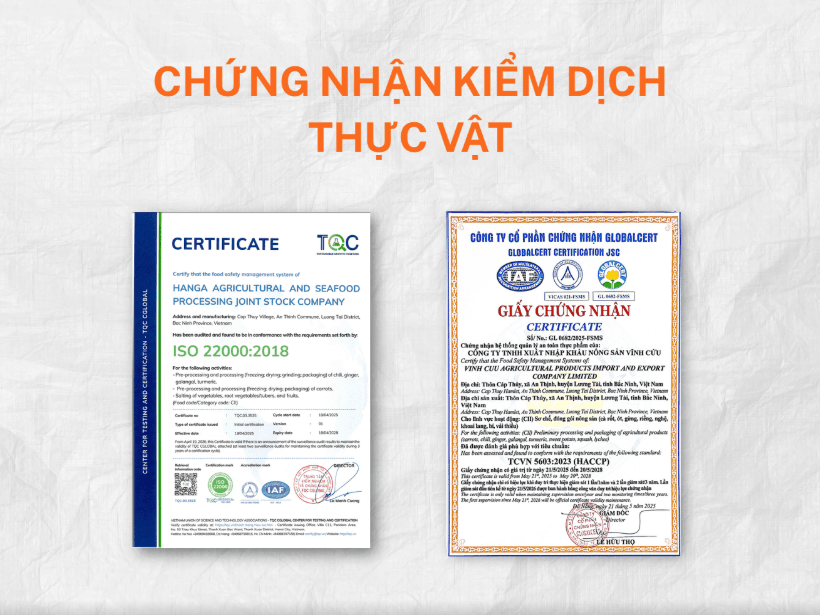
Phytosanitary Certificate
See now:
Golden opportunity for businesses chili export to korea
Regulations on product packaging and labeling
When chili export to china, in addition to quality and quarantine standards, Vietnamese businesses must also ensure packaging and labeling fully comply with the regulations of general Administration of Customs of China (GACC) This is a necessary condition for products to be cleared through customs and circulate smoothly on the market.
Product packaging requirements
The packaging used must be made from food safety materials, does not contain toxic chemicals, while ensuring good preservation during transportation and storage.
- Fresh chili: Packaging requires adequate ventilationTo maintain freshness, avoid condensation which leads to rotting.
- Dried chillies and chilli powder: Packaging requires airtight, moisture-proof, avoid direct sunlight to preserve flavor, color and limit the risk of microbial or mold contamination.
Choosing the right packaging not only helps extend shelf life but also directly affects the quality when it reaches Chinese consumers..
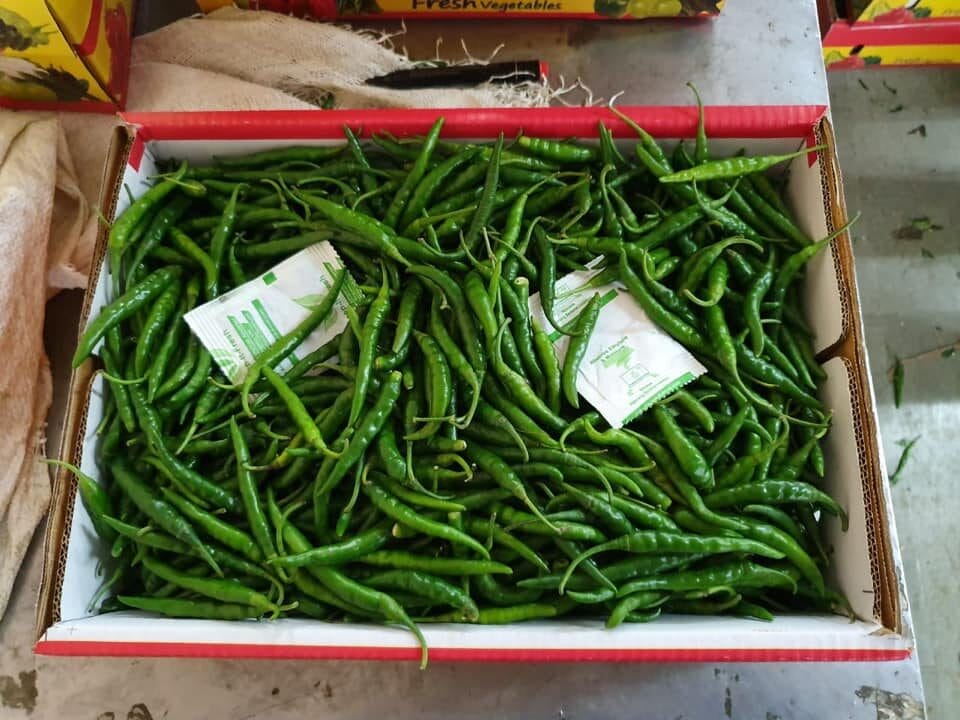
Product packaging requirements
Product labeling regulations
All product labels must be printed in Chinese and fully display the required information according to the regulations of the host country, including:
- Product Name
- Ingredient
- Net weight
- Date of manufacture – Expiry date
- Storage conditions
- Manufacturer and importer information
- Registration number of the manufacturing facility with GACC
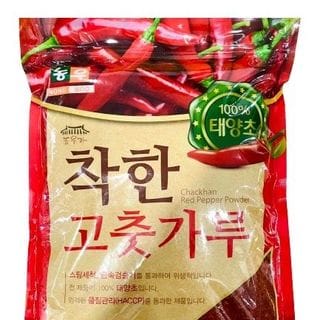
Product labeling regulations
For products/processed chili (such as chili powder, packaged dried chili, ground chili), businesses also need to supplement Nutrition Information Panel, additive ingredients (if any), and allergy warnings (if applicable).
The role of packaging and labeling in customs clearance and consumption
Strict compliance with packaging and labeling regulations help customs clearance process go smoothly, avoid import rejection or additional inspection. More importantly,transparent, standardized labelingIt also builds trust among Chinese consumers, helps increase competitiveness and enhances the image of Vietnamese brands in the international market.

The role of packaging and labeling in customs clearance and consumption
See now:
VIOT Minh Trang – Vietnam’s chili export business
Viot Minh Trang – The leading prestigious chili exporter to China
With many years of experience in the agricultural sector, Viot Minh Trang not only focuses on production but also invests systematically in the entire value chain – from raw material areas, processing procedures to quality control. Thanks to that, the enterprise has become a reliable partner of many Chinese importers in the field of chili export. Below are the core strengths that help Viot maintain its position in this demanding export market:
Production capacity and proactive raw material areas
Viot Minh Trang owns more than 3,000 hectares of linked raw material area in Nghe An, Thanh Hoa, Hoa Binh, Dak Lak… The entire cultivation process is strictly controlled in the direction of clean – organic – environmentally friendly, helping to ensure stable quality and transparent traceability.
Modern processing plant, meeting international standards
Viet invested in factories that achieved certifications such as ISO 22000, HACCP, GMP, with chainclosed – flexible – diverse products from fresh chili, dried chili to chili powder, packaged chili OEM/ODM. Thanks to that, the company will meet the specific requirements of the Chinese market.
Experience and reputation in the export market
Viot’s chili products are currently distributed both domestically and internationally, with China being the key market. With productive production capacity, stable quality and competitive price, Viot Minh Trang is reliable chili export partner for Chinese import businesses.
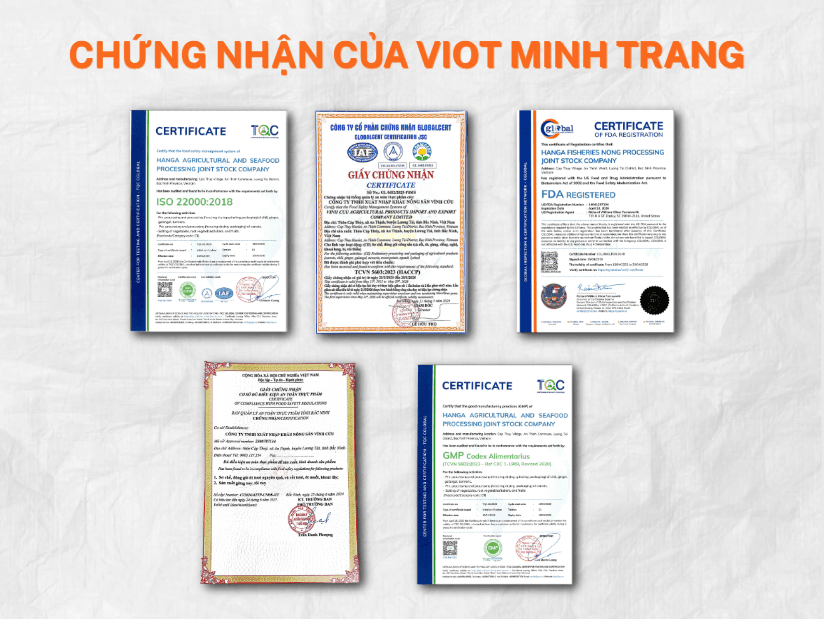
Viot Minh Trang – The leading prestigious chili exporter to China
Conclude
Chili export to China this is not only an opportunity to expand the market but also a strategic step to increase the value of Vietnamese agricultural products in the international market. However, to be successful, businesses need to understand the regulations, quality standards and consumption characteristics of this market. Investing in standard raw material areas, clean production processes and strict quality control systems will be key factors to ensure long-term competitiveness.
With systematic production capacity, deep understanding of the market and sustainable development orientation, Viot Minh Trang is a reliable partner for Chinese importers and a typical model for Vietnamese enterprises in the journey chili export to China and other international markets.
Reference: Proship. (2022). Standards and regulations for exporting chili to China. Accessed from:proship.vn.





Tác giả Tưởng Mạnh Biên
Là chuyên gia giàu kinh nghiệm trong lĩnh vực xuất khẩu nông sản. Với nhiều năm làm việc, nghiên cứu và trực tiếp tham gia vào các hoạt động sản xuất, kinh doanh và xuất khẩu nông sản, tác giả chia sẻ những kiến thức chuyên môn sâu sắc cùng các bài học thực tiễn giá trị nhằm hỗ trợ doanh nghiệp.
- Địa chỉ: Số 27, Tổ 23, Lĩnh Nam, Hoàng Mai, Hà Nội
- Email: viotvietnam.vn@gmail.com
- SĐT: 0977 728 269